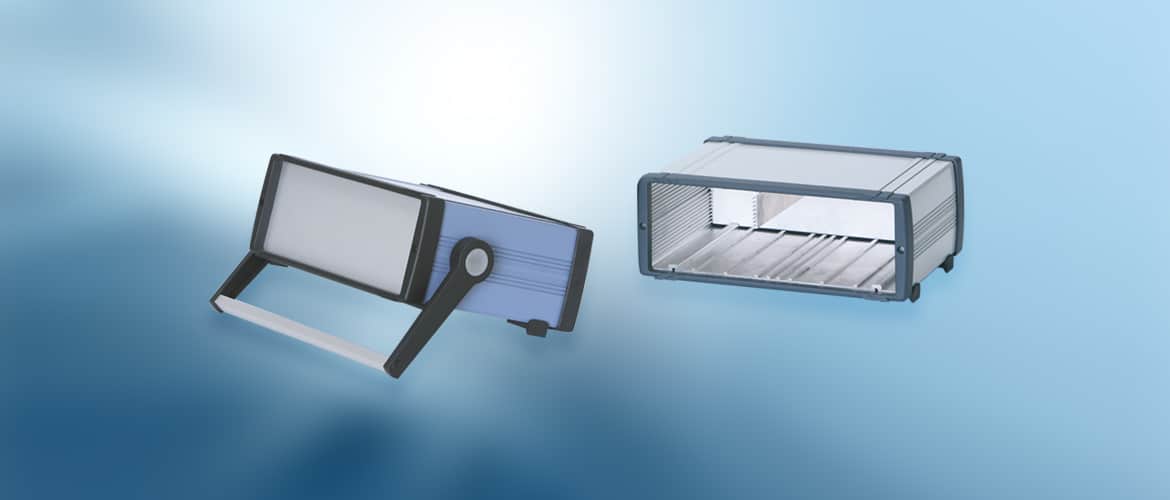
To apply changes to the Oracle database, a client application can hook directly into the XStream inbound server. XStream Out streams logical change records (LCRs) to the client application in committed transaction order. A client application can take advantage of a high performing capture mechanism by attaching to the XStream outbound server to directly access the stream of changes from an Oracle database. XStream is a programmatic interface that allows client applications to connect to the Oracle database and attach directly into the database capture or apply process. Support for most data types in the database, including LOBs, LONG, LONG RAW, and XMLTypeĬustomized configurations, including multiple inbound streams to a single database instance, multiple outbound streams from a single database instance, multiple outbound streams from a single capture process, and so onįull-featured apply for XStream In, including apply parallelism for optimal performance, SQL generation, conflict detection and resolution, error handling, and customized apply with apply handlers Rule-based transformations that modify captured data changes See " Rules and Rule Sets" for more information about LCRs. Rules enable the filtering of database changes at the database level, schema level, table level, and row/column level. Rules and rule sets that control behavior, including inclusion and exclusion rules See " Logical Change Records (LCRs)" for more information about LCRs. If the change was a data definition language (DDL) operation, then a single DDL LCR encapsulates the DDL change. One DML operation might result in multiple row changes, and so one DML operation might result in multiple row LCRs. If the change was a data manipulation language (DML) operation, then a row LCR encapsulates each row change resulting from the DML operation. The logical change record (LCR) format for streaming database changesĪn LCR is a message with a specific format that describes a database change. These features enable the following functionality for XStream: XStream uses the capture and apply features of the Oracle database. You perform common tasks with XStream and use a set of tools to complete these tasks.

With XStream, you can implement the security model that best fits with your organization's requirements. There are several common XStream use cases. XStream provides these customers with fast, real-time access to changes made in the Oracle database.
#Mapping xdream software
Some customers, especially Independent Software Vendors (ISVs) and partners, need access to the Oracle database as a platform for their own information sharing products, such as file-level replication, middle-tier caches or even to support replication between Oracle and non-Oracle data stores. XStream consists of Oracle Database components and application programming interfaces (APIs) that enable client applications to receive data changes from an Oracle database and send data changes to an Oracle database. The # simplest case occurs when your wrapper takes dots: scatter_by <- function ( data. ggplot ( mpg, aes ( displ, hwy ) ) + geom_point ( ) ggplot ( mpg ) + geom_point ( aes ( displ, hwy ) ) # Tidy evaluation - # aes() automatically quotes all its arguments, so you need to use tidy # evaluation to create wrappers around ggplot2 pipelines. Aesthetics supplied # to ggplot() are used as defaults for every layer.


Aes (x = mpg, y = wt ) #> Aesthetic mapping: #> * `x` -> `mpg` #> * `y` -> `wt` aes ( mpg, wt ) #> Aesthetic mapping: #> * `x` -> `mpg` #> * `y` -> `wt` # You can also map aesthetics to functions of variables aes (x = mpg ^ 2, y = wt / cyl ) #> Aesthetic mapping: #> * `x` -> `mpg^2` #> * `y` -> `wt/cyl` # Or to constants aes (x = 1, colour = "smooth" ) #> Aesthetic mapping: #> * `x` -> 1 #> * `colour` -> "smooth" # Aesthetic names are automatically standardised aes (col = x ) #> Aesthetic mapping: #> * `colour` -> `x` aes (fg = x ) #> Aesthetic mapping: #> * `colour` -> `x` aes (color = x ) #> Aesthetic mapping: #> * `colour` -> `x` aes (colour = x ) #> Aesthetic mapping: #> * `colour` -> `x` # aes() is passed to either ggplot() or specific layer.


 0 kommentar(er)
0 kommentar(er)
